RTO废气处理设备:在焦化VOCs废气方面的作用
焦化废气含有沥青烟、苯并芘及苯类等有害物质,如果直接排放,会造成大气污染,影响当地的生态环境。因此,对焦化废气进行处理并使其达标排放,是焦化行业可持续发展的必然要求。
Coking waste gas contains harmful substances such as asphalt smoke, benzo [a] pyrene, and benzene. If directly discharged, it will cause air pollution and affect the local ecological environment. Therefore, treating coking waste gas and ensuring it meets emission standards is an inevitable requirement for the sustainable development of the coking industry.
某焦化化工厂是生产苯类、酚类、萘类、树脂类、盐类等化工产品为主的煤化工综合利用企业,焦油加工能力为10万t/a,苯加工能力为3万t/a,为合成纤维、油漆、染料、医药、农药、化肥等产品提供了丰富的原料。与此同时,该化工厂在正常生产过程中会产生温度为20~50℃、流量为4000~18000m3/h的焦化废气,其基本成分及物化数据如表1所示。
A certain coking chemical plant is a coal chemical comprehensive utilization enterprise that mainly produces chemical products such as benzene, phenols, naphthalene, resins, salts, etc. The tar processing capacity is 100000 t/a, and the benzene processing capacity is 30000 t/a. It provides abundant raw materials for synthetic fibers, paints, dyes, pharmaceuticals, pesticides, fertilizers and other products. At the same time, the chemical plant produces coking waste gas with a temperature of 20-50 ℃ and a flow rate of 4000-18000m3/h during normal production. The basic composition and physicochemical data are shown in Table 1.
按照国家相关废气排放标准的规定,若要将有机废气净化达标,需要由3台蓄热室组成的大型RTO进行净化。本项目采用的三室RTO是在两室的基础上增加了1台吹扫用蓄热室,如图1所示。
According to the relevant national exhaust emission standards, in order to purify organic waste gas to meet the standards, a large RTO consisting of three heat storage chambers is required for purification. The three chamber RTO used in this project is an addition of one blowing heat storage chamber on the basis of two chambers, as shown in Figure 1.
RTO正常运行时,废气的进气和排气通过阀门切换来完成。第1个工作周期中,废气自下而上经A蓄热室升温,然后进入燃烧室氧化放热;氧化放热结束后,自上而下通过B蓄热室,与蓄热室内的填料进行换热,将热量传递给B蓄热室,再经过工艺管路进入烟囱排放;此时C蓄热室处于吹扫状态,用吹扫风机将蓄热室(含集气室)中的滞留废气吹入燃烧室氧化处理,防止因蓄热室的切换过程影响废气处理效率。第2个工作周期中,A蓄热室处于吹扫状态,废气自下而上进入B蓄热室,与已吸收热量的填料进行换热后,进入燃烧室氧化放热,再自上而下通过C蓄热室,并将热量传递给C蓄热室后,进入烟囱。第3个工作周期中,B蓄热室处于吹扫状态,废气由C蓄热室进入,氧化放热后,通过A蓄热室进入烟囱,完成了RTO装置运行的1个大周期,如此交替运行。当烟煤在隔绝空气条件下加热到950~1050℃,经过干燥、热解干馏、熔融、黏结、固化、收缩等阶段,最终得到焦炭,这个过程称为炼焦。炼焦过程产生的荒煤气经过回收和精制可以得到多种芳香烃和杂环化合物等基本化学原料,同时产生的焦炉煤气是高热值燃料,可以用来发电或供应城市煤气。因此,本项目以能源高效利用为目的,采用焦炉煤气代替辅助燃料,可以节约成本,提高焦炉煤气利用率,同时能够满足RTO装置正常运行时的燃料需求。该装置主要由燃烧室、蓄热室(含集气室)及切换阀门组成。
During normal operation of RTO, the intake and exhaust of exhaust gases are achieved through valve switching. In the first working cycle, the exhaust gas is heated from bottom to top through the A heat storage chamber, and then enters the combustion chamber for oxidation and heat release; After the oxidation heat release is completed, it passes through the B heat storage chamber from top to bottom, exchanges heat with the packing in the heat storage chamber, transfers the heat to the B heat storage chamber, and then enters the chimney through the process pipeline for discharge; At this time, the C heat storage chamber is in a blowing state. Use a blowing fan to blow the residual exhaust gas in the heat storage chamber (including the gas collection chamber) into the combustion chamber for oxidation treatment, to prevent the switching process of the heat storage chamber from affecting the efficiency of exhaust gas treatment. In the second working cycle, the A heat storage chamber is in a purging state, and the exhaust gas enters the B heat storage chamber from bottom to top. After exchanging heat with the heat absorbed packing, it enters the combustion chamber for oxidation and heat release, and then passes through the C heat storage chamber from top to bottom, transferring the heat to the C heat storage chamber before entering the chimney. In the third working cycle, the B heat storage chamber is in a purging state, and the exhaust gas enters from the C heat storage chamber. After oxidation and heat release, it enters the chimney through the A heat storage chamber, completing one major cycle of RTO device operation, and so on alternate operation. When bituminous coal is heated to 950-1050 ℃ under isolated air conditions, it undergoes stages such as drying, pyrolysis, melting, bonding, solidification, and shrinkage to finally obtain coke, which is called coking. The raw gas generated during the coking process can be recovered and refined to obtain various basic chemical raw materials such as aromatic hydrocarbons and heterocyclic compounds. At the same time, the coke oven gas produced is a high calorific value fuel that can be used for power generation or supplying urban gas. Therefore, this project aims to achieve efficient energy utilization by using coke oven gas instead of auxiliary fuel, which can save costs, improve the utilization rate of coke oven gas, and meet the fuel demand during the normal operation of RTO equipment. The device mainly consists of a combustion chamber, a heat storage chamber (including a gas collection chamber), and a switching valve.
焦化废气处理工艺流程
Coking waste gas treatment process flow
从化产区域各排气洗净塔后收集的废气进入废气总管,经过安全水封、捕雾器后进入缓冲罐,由废气引风机输送,经过阻火器后进入RTO进行焚烧。
The exhaust gas collected from various exhaust cleaning towers in the chemical production area enters the exhaust gas main pipe, passes through the safety water seal and mist trap, enters the buffer tank, is transported by the exhaust induced draft fan, passes through the flame arrester, and enters the RTO for incineration.
本项目中RTO收集处理的废气有14路,各排气洗净塔洗涤后的废气通过各自的调节阀控制排出压力,保证废气进入废气总管。RTO冷态启动后,首先启动吹扫风机,用新鲜空气对设备进行吹扫;吹扫结束后,燃烧系统进行燃气检漏,确保点火系统安全;检漏完成后,启动燃烧器,通过9个阀门的周期切换完成3个填料床的预热;预热结束后焦化废气进入RTO进行焚烧,燃烧室温度开始缓慢提升。如果燃烧室温度持续上升,说明废气浓度过高,当温度达到1100℃时,打开高温排放阀,将多余的热量直接排放至烟囱;当温度达到1180℃时,系统自动报警;当温度达到1200℃时,为了确保RTO装置安全,RTO开启自动离线程序。
In this project, there are 14 exhaust gases collected and processed by RTO. The exhaust gases after washing in each exhaust cleaning tower are controlled by their respective regulating valves to ensure that the exhaust gases enter the exhaust manifold. After RTO cold start, first start the blowing fan and blow the equipment with fresh air; After the purge is completed, the combustion system conducts gas leak detection to ensure the safety of the ignition system; After the leak detection is completed, start the burner and complete the preheating of 3 packing beds through the periodic switching of 9 valves; After preheating, the coking exhaust gas enters the RTO for incineration, and the combustion chamber temperature begins to slowly increase. If the temperature of the combustion chamber continues to rise, it indicates that the concentration of exhaust gas is too high. When the temperature reaches 1100 ℃, open the high-temperature discharge valve and directly discharge the excess heat into the chimney; When the temperature reaches 1180 ℃, the system will automatically sound an alarm; When the temperature reaches 1200 ℃, in order to ensure the safety of the RTO device, the RTO starts the automatic offline program.
RTO离线时,燃烧系统熄火,废气风机减速直至停机,新风阀打开,引入小风量新鲜空气进入RTO蓄热室,开始RTO降温程序。为了降低高温阀的温度,在高温阀设置了1套水冷系统,以确保高温阀的密封性能,水冷系统由软水槽、软水循环泵及软水冷却器组成,软水通过浮球液位计自动补充到软水槽中,通过软水循环泵输送至高温阀,再通过软水冷却器被循环水冷却后回到软水槽。
When the RTO is offline, the combustion system stalls, the exhaust fan slows down until it stops, the fresh air valve opens, and a small amount of fresh air is introduced into the RTO heat storage chamber to start the RTO cooling program. In order to reduce the temperature of the high-temperature valve, a water cooling system is installed in the high-temperature valve to ensure its sealing performance. The water cooling system consists of a soft water tank, a soft water circulation pump, and a soft water cooler. Soft water is automatically replenished to the soft water tank through a float level gauge, transported to the high-temperature valve through the soft water circulation pump, and then cooled by the circulating water through the soft water cooler before returning to the soft water tank.
由于焦化废气中有机成分的沸点较高,易凝结在蓄热填料底部,堵塞填料床层,本项目中RTO设置了1套反烧程序,当床层底部和顶部的压差达到3kPa时,自动启动反烧程序,将凝结在蓄热填料底部的胶状物质氧化,从而达到对蓄热床层清理的目的。反烧程序与正常运行一样,只不过是排气温度达到480℃时再进行阀门切换。3个床层底部温度依次达到480℃时,反烧程序自动结束,反烧程序有自动和手动2种方式。手动方式可根据实际运行情况,点击反烧按钮进行清理。
Due to the high boiling point of organic components in coking waste gas, they are prone to condense at the bottom of the thermal storage packing and block the packing bed. In this project, RTO has set up a set of reverse heating program. When the pressure difference between the bottom and top of the bed reaches 3kPa, the reverse heating program will automatically start to oxidize the gel like substances condensed at the bottom of the thermal storage packing, thereby achieving the purpose of cleaning the thermal storage bed. The anti burn program runs normally, except that the valve is switched when the exhaust temperature reaches 480 ℃. When the temperature at the bottom of the three beds reaches 480 ℃ in sequence, the reverse heating program will automatically end. The reverse heating program has two modes: automatic and manual. The manual mode can be cleaned by clicking the anti burn button according to the actual operating situation.
为了保证系统安全,风机前设置了3套可燃气体浓度监测仪,其中1套为快速反应型,响应时间小于1s,用于快速连锁,当废气中可燃组分浓度达到爆炸下限的25%时,系统自动连锁停机。同时RTO设置了2个防爆门,当炉内压力达到11kPa时自动泄压。
In order to ensure system safety, three sets of combustible gas concentration monitoring devices are installed in front of the fan, one of which is a rapid response type with a response time of less than 1 second, used for rapid interlocking. When the concentration of combustible components in the exhaust gas reaches 25% of the lower explosive limit, the system automatically interlocks and shuts down. At the same time, RTO is equipped with two explosion-proof doors, which automatically release pressure when the furnace pressure reaches 11kPa.
RTO装置工艺优化及运行结果分析
Process optimization and operation result analysis of RTO device
采用RTO装置处理焦化废气,优化RTO装置的工艺性能对提高有机废气处理效率,实现废气达标排放至关重要,本项目在RTO工艺设计等方面做了升级和改进。
The use of RTO equipment to treat coking waste gas and optimize the process performance of RTO equipment are crucial for improving the efficiency of organic waste gas treatment and achieving standard emissions of waste gas. This project has upgraded and improved the RTO process design and other aspects.
1)采用焦炉煤气作为辅助燃料
1) Using coke oven gas as auxiliary fuel
本项目采用焦炉煤气作为辅助燃料,既节约了成本,又提高了焦炉煤气的利用率。从用户记录所得到的辅助燃料使用量表明,RTO装置冷启动时所需焦炉煤气为240m3/h,能够满足RTO装置正常运行时的燃料需求。
This project uses coke oven gas as an auxiliary fuel, which not only saves costs but also improves the utilization rate of coke oven gas. The auxiliary fuel usage obtained from user records indicates that the required coke oven gas for cold start of the RTO device is 240m3/h, which can meet the fuel demand for normal operation of the RTO device.
2)RTO前端增加安全水封、捕雾器和阻火器水封的主要作用是防止高温回火。
2) The main purpose of adding safety water seals, fog traps, and flame arresters to the RTO front-end is to prevent high-temperature tempering.
由于其安全性能好,可用在管道收集前端防止回火;焦化废气中含有少量的水分,为使进入RTO内部的焦化废气更加洁净,增加了捕雾器用于气液分离;与此同时,由于废气中含有易燃气体,为了阻止易燃气体在RTO内燃烧时火焰传播到整个管网中,在RTO进气管道前端增加了阻火器。
Due to its good safety performance, it can be used at the front end of pipeline collection to prevent backfire; Coking waste gas contains a small amount of moisture. In order to make the coking waste gas entering the RTO cleaner, a mist trap is added for gas-liquid separation; At the same time, due to the presence of flammable gases in the exhaust gas, a flame arrester has been added at the front end of the RTO intake pipeline to prevent the spread of flames throughout the entire pipeline when flammable gases burn inside the RTO.
3)高温阀水冷系统
3) High temperature valve water cooling system
在大多数的RTO装置中,高温阀主要靠自然散热。考虑到发生紧急情况时燃烧室的温度过高,本项目采用循环水冷却系统。水冷系统由软水槽、软水循环泵及软水冷却器组成,软水通过浮球液位计自动补充到软水槽中,通过软水循环泵输送至高温阀,再通过软水冷却器被循环水冷却后进入软水槽。
In most RTO devices, high-temperature valves mainly rely on natural heat dissipation. Considering the high temperature of the combustion chamber in case of emergency, this project adopts a circulating water cooling system. The water cooling system consists of a soft water tank, a soft water circulation pump, and a soft water cooler. Soft water is automatically replenished to the soft water tank through a float level gauge, transported to the high-temperature valve through the soft water circulation pump, and then cooled by circulating water through the soft water cooler before entering the soft water tank.
总结
summary
经工艺优化后的RTO装置运行结果分析表明:
The analysis of the operation results of the RTO device after process optimization shows that:
1)通过多次抽样测量,RTO燃烧室表面温度基本维持在50~70℃,满足最高温度≤75℃的设计要求。
1) Through multiple sampling measurements, the surface temperature of the RTO combustion chamber is maintained at 50-70 ℃, meeting the design requirement of a maximum temperature of ≤ 75 ℃.
2)燃烧室温度始终维持在850~1100℃,保证了有机废气中的有机成分充分氧化燃烧。
2) The combustion chamber temperature is always maintained at 850-1100 ℃, ensuring that the organic components in the organic exhaust gas are fully oxidized and burned.
3)烟囱平均出口温度120℃,低于150℃的设计要求。
3) The average outlet temperature of the chimney is 120 ℃, which is lower than the design requirement of 150 ℃.
4)经当地环保部门多次抽查,经过RTO装置处理的焦化废气达到GB16171—2012《炼焦化学工业污染物排放标准》的要求,有机废气的净化率达到了99%,CO的净化率达到了97%。
4) After multiple spot checks by the local environmental protection department, the coking waste gas treated by the RTO device meets the requirements of GB16171-2012 "Emission Standards for Pollutants in Coking Chemical Industry", with a purification rate of 99% for organic waste gas and 97% for CO.
本文由 RTO废气处理设备 友情奉献.更多有关的知识请点击 http://www.sdcjtz.com/ 真诚的态度.为您提供为全面的服务.更多有关的知识我们将会陆续向大家奉献.敬请期待.
This article is a friendly contribution from RTO waste gas treatment equipment For more related knowledge, please click http://www.sdcjtz.com/ Sincere attitude To provide you with comprehensive services We will gradually contribute more relevant knowledge to everyone Coming soon.
上一篇:自动式抛丸机:不锈钢喷砂与抛丸区别对比
下一篇:工业涂装流水线的操作说明





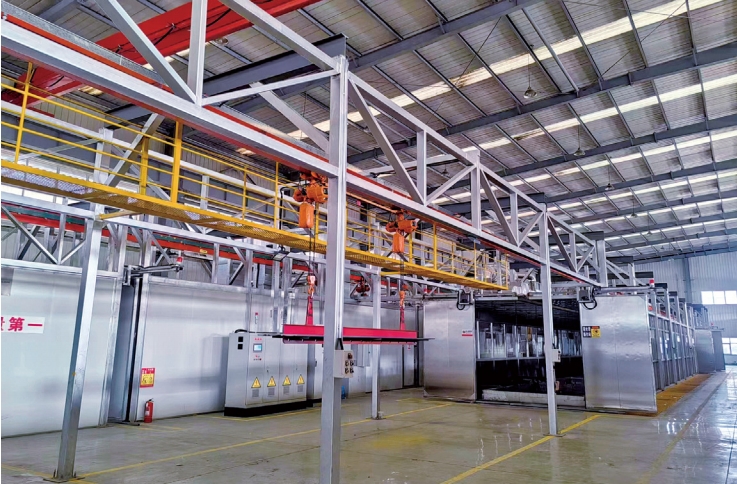
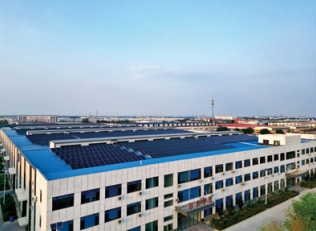

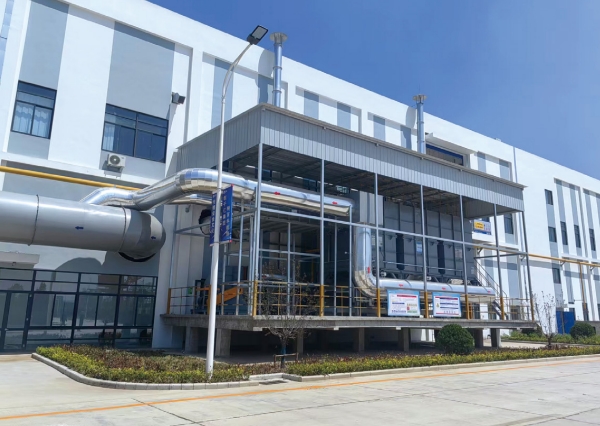
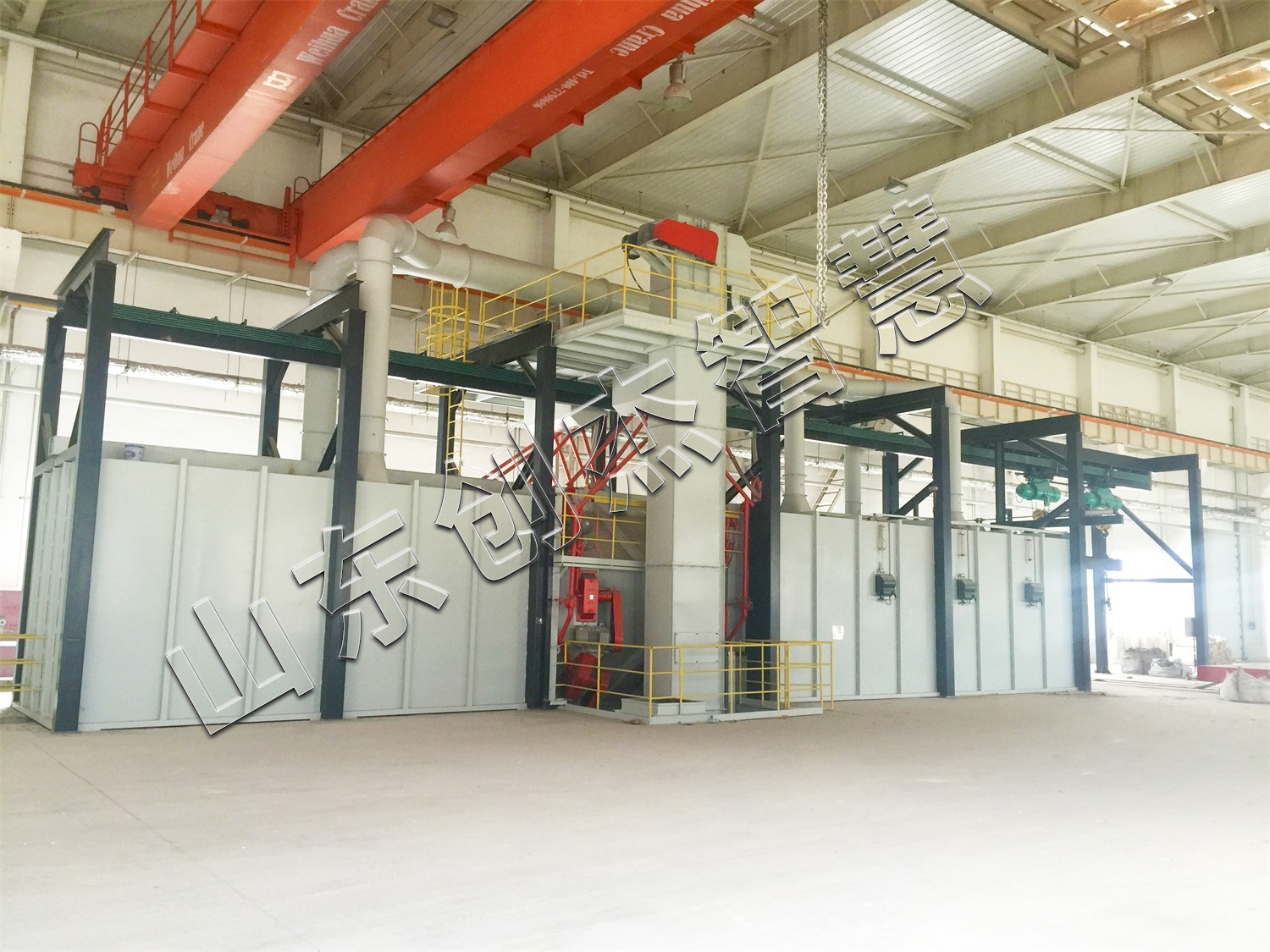
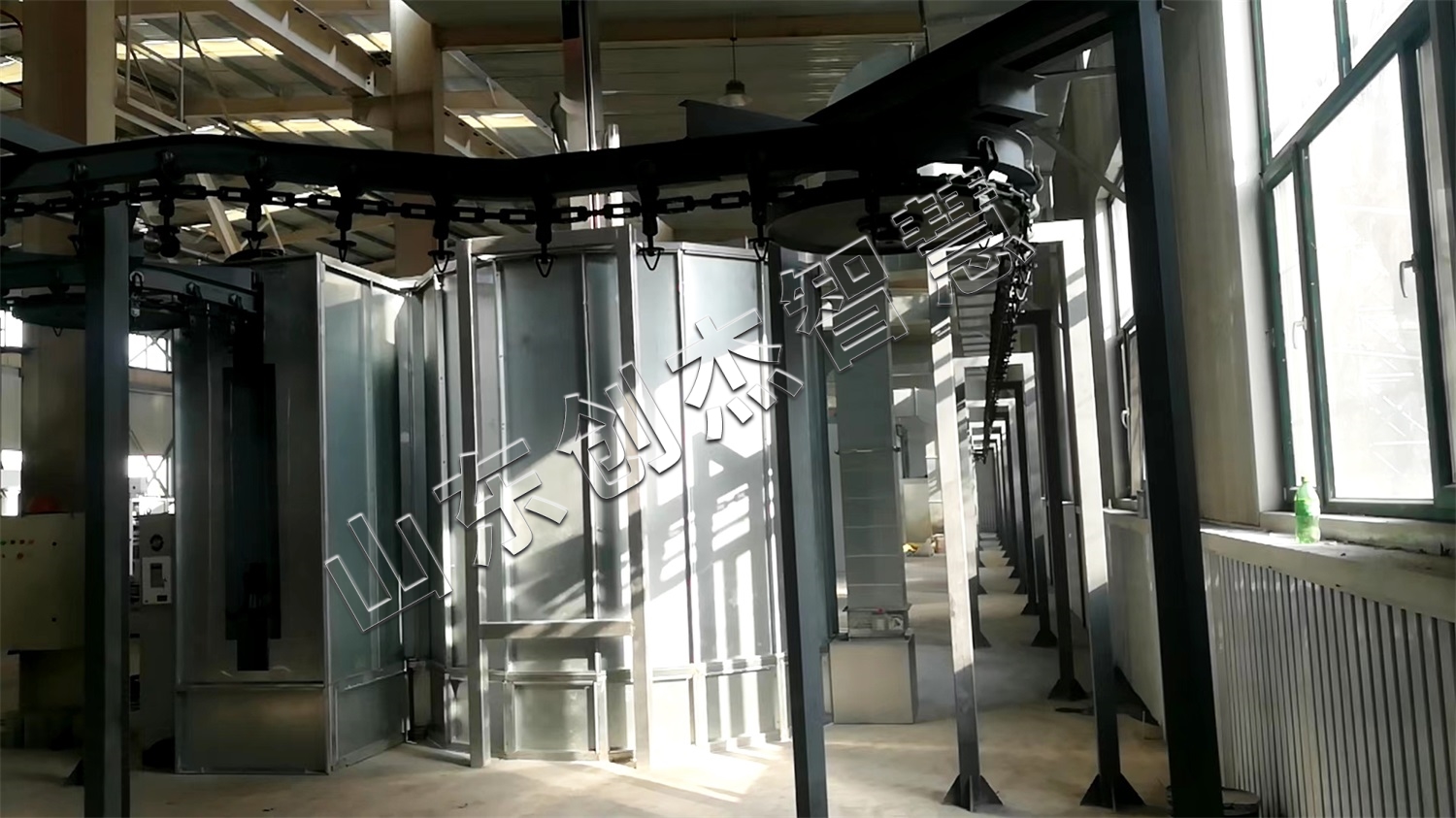
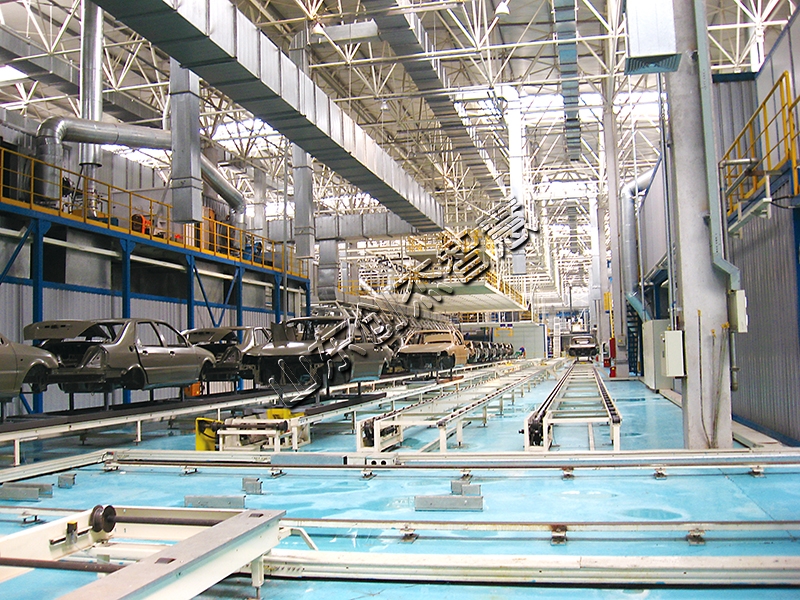
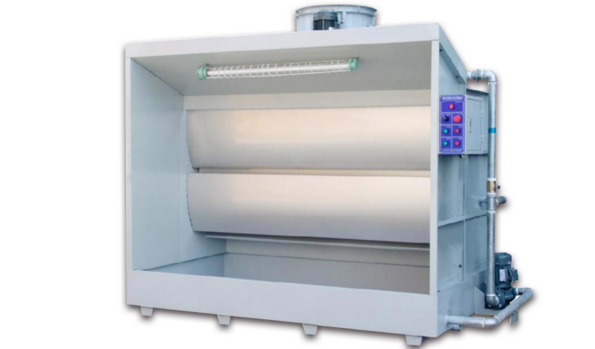
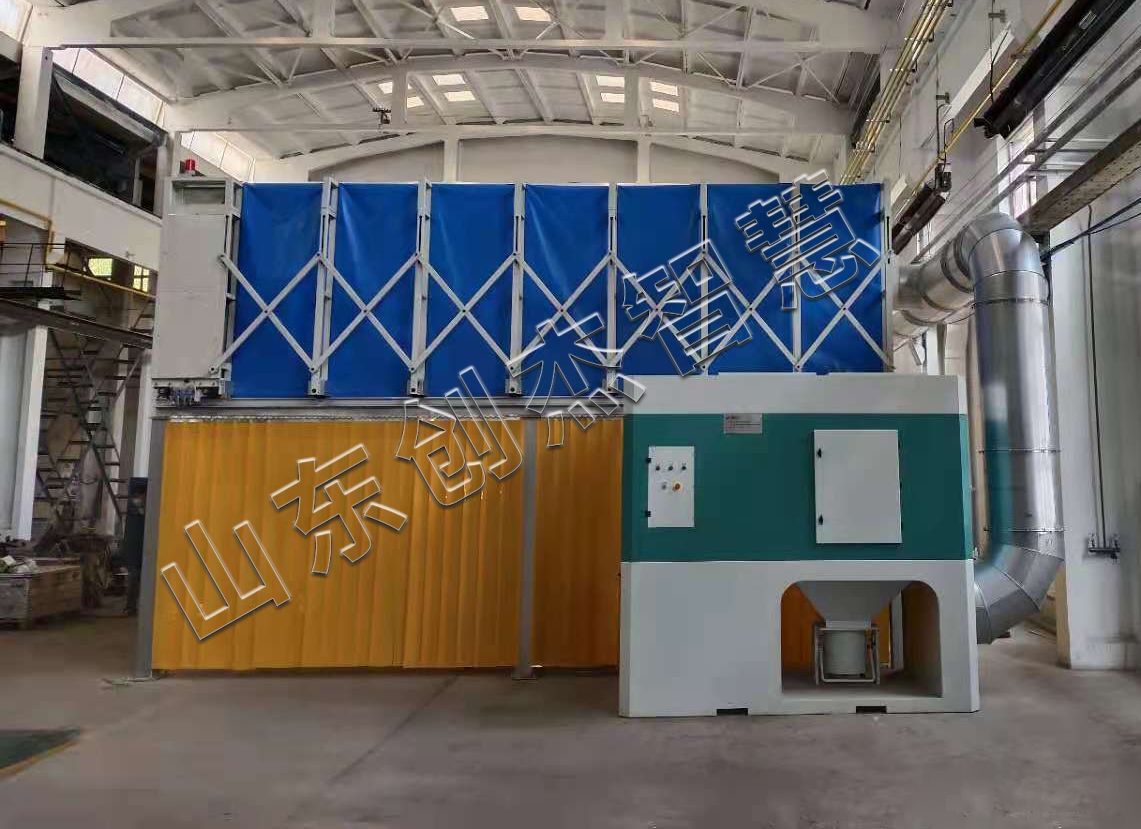
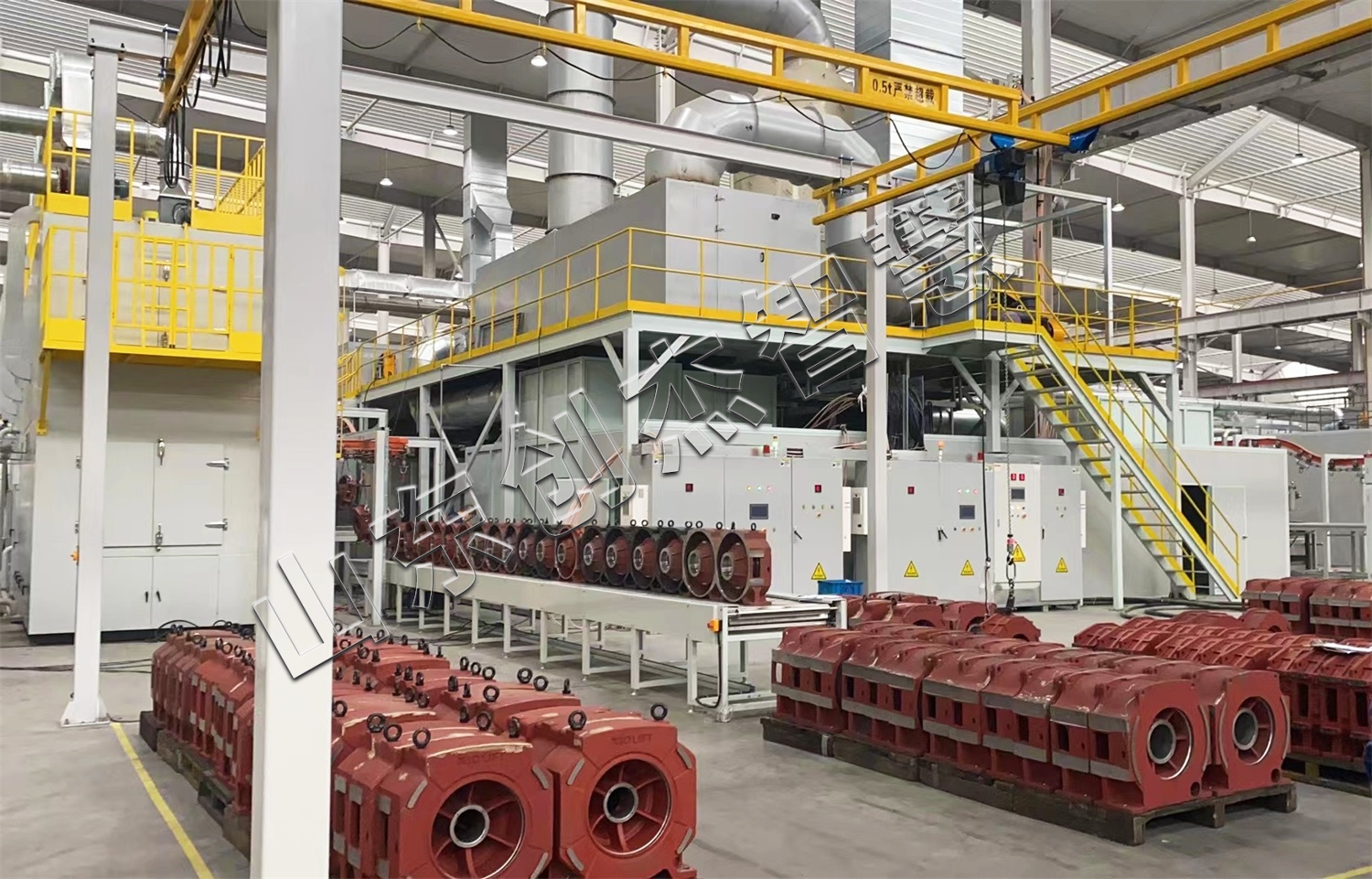

 鲁公网安备 37142502000144号
鲁公网安备 37142502000144号